Q1. You recently described your company's mission as helping smaller and mid-market businesses move above the cybersecurity poverty line. How do you see the threat landscape evolving specifically for these smaller targets? Are cybercriminals adapting their tactics to specifically exploit these targets, or are these businesses getting hit with the same attacks that work against everyone?
The threat landscape has shifted dramatically in recent years. Cybercriminals have evolved their tactics, applying the same sophisticated methods used against large corporations to businesses of all sizes. Advanced evasion techniques like endpoint detection and response (EDR) tampering, bring your own vulnerable driver (BYOVD) privilege escalations, and User Account Control (UAC) bypasses—which were once exclusive to advanced persistent threats targeting major enterprises—are now normal.
This is no coincidence. Attackers recognize that businesses often run on similar foundational software platforms regardless of size. What’s different is the level of defense. Large enterprises usually have the tools, expertise, and resources to counter these threats. Growing businesses, however, often lack these resources, making them attractive targets. Cybercriminals are adapting their playbooks to exploit these gaps, preying on what they perceive as easier opportunities.
Adding to this, ransomware-as-a-service (RaaS) groups have made it easier than ever to carry out attacks with pre-packaged, customizable tools and detailed playbooks. These groups operate with a “quantity over quality” mindset, casting a wide net and targeting as many organizations as possible, regardless of size, industry, or perceived value. This indiscriminate model, combined with the low barrier to entry for launching attacks, has created significant risks for businesses that lack the resources to defend against these threats.
Consequently, growing businesses have not only become exposed to the same attacks as large enterprises but are now easier targets due to the commoditization of cybercrime. This trend has paved the way for more frequent and sophisticated attacks, fundamentally altering the cybersecurity challenges that businesses face today.
Q2. With AI, automation, and threats evolving so quickly, what’s one assumption about how we approach cybersecurity today that you think will be completely obsolete in the next five years?
The assumption I see fading into obscurity is the idea that AI and automation can fully replace human judgment in cybersecurity. Right now, there’s this shiny, over-simplified belief that if you throw enough data at AI, it’ll build an impenetrable wall. Spoiler alert: it won’t.
Here’s the thing—AI excels at pattern-matching, not reasoning. It can sift through mountains of data and flag potential threats faster than humans ever could. But the problem is what it can’t do. It doesn’t understand nuance. It doesn’t consider context. And when you rely solely on it, you risk drowning in false positives or, worse, missing something critical altogether. That’s where some approaches today fall short. They double down on feeding AI more and more data to “fix” the problem, but what they really end up with is diminishing returns and increased complexity.
The future of cybersecurity isn’t about replacing humans with AI; it’s about empowering humans with AI. AI should be an assistive tool, a co-pilot if you will, helping SOC analysts interpret data and focus their efforts where it actually matters. The human decision-making layer isn’t going anywhere—not in five years, not in ten.
What will be obsolete is the illusion that we can automate our way out of every problem. The smarter play is blending human expertise with AI’s speed and scalability to stay adaptive. That’s how we’ll keep up with the threats ahead.
Q3. What insights or innovations does Huntress plan to showcase at Black Hat USA 2025? What can attendees expect from your company at the event?
At Black Hat USA 2025, Huntress is gearing up with an exciting lineup of in-booth theater sessions designed to deliver relevant, actionable insights to the cybersecurity community. We’ll cover a range of topics, from core tradecraft techniques to the latest product advancements that help organizations stay a step ahead of evolving threats.
The focus is simple: giving you practical takeaways that matter. Whether it’s honing your skills, understanding emerging adversarial tactics, or exploring how Huntress solutions can help strengthen your defenses, we’ve tailored these sessions with your priorities in mind. Each one is concise, informative, and led by seasoned experts who bring real-world experience to the table.
For those interested in endpoint security, identity threat detection and response, security information and event management (SIEM), or security awareness training solutions, our team will showcase how our technology provides real-time protection for endpoints, email, and employees.
We’re also sharing real-world stories straight from our team. These insights into active attack scenarios and lessons learned offer actionable strategies you can take with you.
If you’re heading to Black Hat, make sure to visit us at booth #2451. It’s a chance to engage directly with our team, absorb valuable knowledge, and ask questions that spark meaningful conversations. You’ll walk away with fresh perspectives and strategies to tackle today’s top threats. We look forward to seeing you there.








